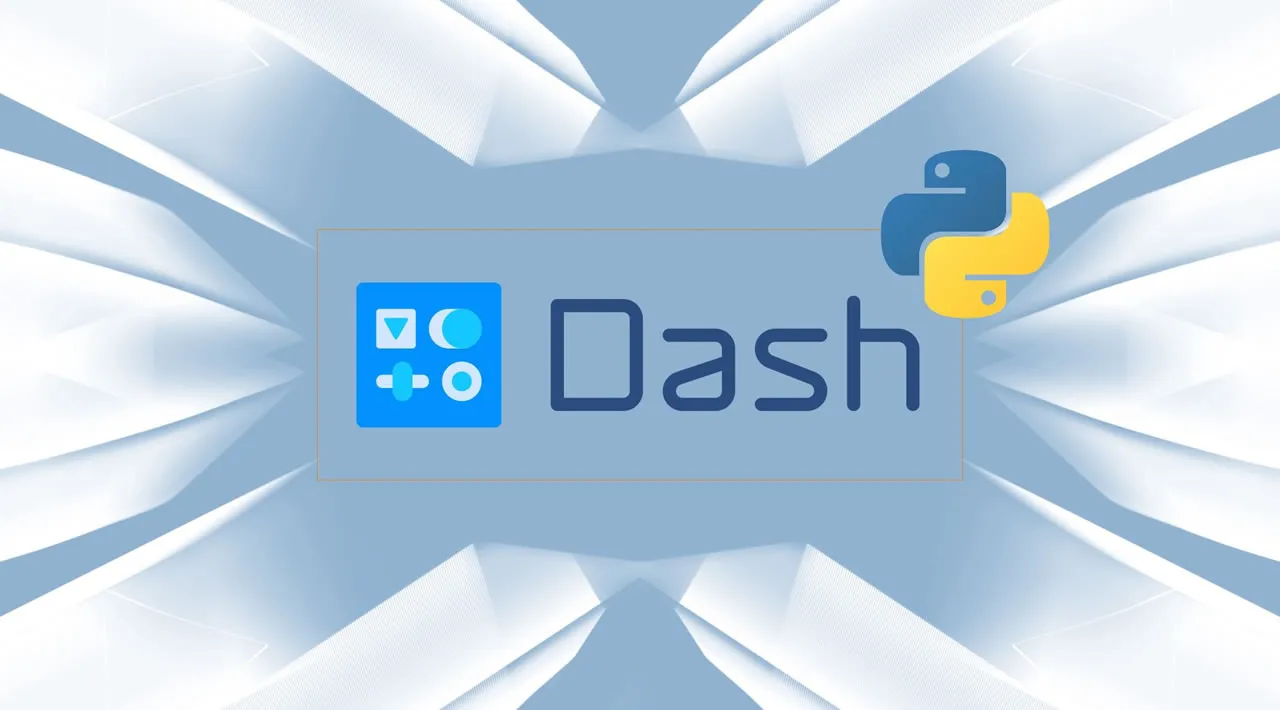“Some books are to be tasted, others to be swallowed, and some few to be chewed and digested; that is, some books are to be read only in parts; others to be read, but not curiously; and some few are to be read wholly, and with diligence and attention.” ~ Sir Francis Bacon
The vast majority of our data exploration is relatively simple. We need to compare two values or we need to see how our data appears in context. So we quickly whip up a bar chart or line graph in our notebook of choice, nod our head with a knowing grunt, and move on to the next item on our list.
Sometimes we need to dive deeper. We need to wring just a little more out of the information delivered. We need to offer up our visualization to someone else and not waste their time with it. In other cases we just need to make the most use of limited space.
In any case, it requires us to think a bit more permanently about what we’re doing. It may be with us for a while.
For this article, I’m going to take you on a little journey of putting together a slightly more complex visualization that tells a story. Don’t worry. Although I’ve used that keyword “complex”, this will be useful. Maybe not all-in-one as a direct copy and paste, but at the very least as a mechanism to build out your own tool kit and maybe churn up some creative ideas.
Just to manage expectations, this is not a complete application walk-through. That would be a huge undertaking. What this does is walk you through the process to get to a functional end result using one of my own specific applications. The goal is to highlight some key concepts I believe are missing in the most common locations for searching out answers. I can only hope it helps someone even if it’s just in one small way.
#data-analysis #data-visualization #python #data-science #dash
